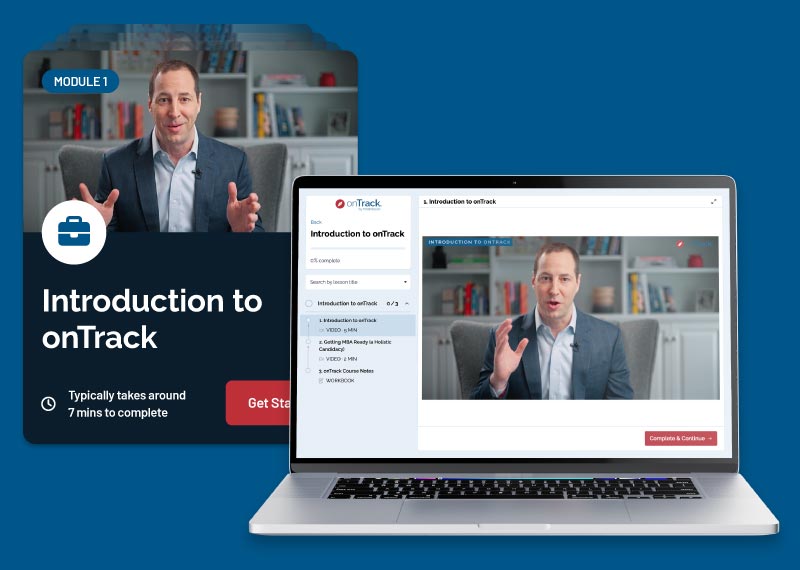Many high school students are taught that they must begin each essay with an introduction that outlines all of the issues that will follow. We have found that offering such comprehensive introductions means that little mystery is left for the body of the essay, and the writer thus risks losing the reader’s interest entirely.
The following paragraph, which is the introduction to a candidate’s essay on “his/her impact on a group and what he/she learned from the experience,” is basically a series of stylistic errors—one of the most egregious of which is eliminating the mystery:
“My most crucial task this past year was managing a project in collaboration with Oracle to develop a $10.5 million integrated database system for large clothing retailers. I led a 26-member team from my firm, ABC Technology, and Oracle to establish the design, monitor the systems and train new members to manage the completed project. I also evaluated security risks, managed budgetary needs and developed quality assurance testing plans to meet Oracle and retailer specifications. I faced many challenges while working with culturally and geographically diverse teams, but overcame these challenges through unique team-building exercises and my own effective leadership and completed the project on time.”
In this poorly written paragraph, the reader does not receive merely an introduction to the significant issues, but rather an abbreviated version of the entire story. By the end of this paragraph, the reader knows not only what all of the technical and human resource issues were but also that they were ultimately overcome and that the project was delivered on time. What is left for the reader to discover?
By ensuring that only the main issues—the technological and personnel challenges—are mentioned in the introduction, and mentioned in an open-ended way, the writer sustains the reader’s interest:
“When I contemplated leading a joint ABC Technology and Oracle team to develop a $10.5 million inventory management system for large retailers, I imagined that the problems I would face would be purely technical. While I did encounter a litany of technical obstacles, more significantly, I found that fusing two teams from entirely different cultures presented the greatest challenges to my leadership skills. As I set out to meld 26 individuals into a unified and directed group, I transitioned from a technophile to a manager capable of harnessing the strengths of a culturally and geographically diverse team.”
In this example, the first few sentences introduce the reader to the problem, but the final sentence creates an incentive for the reader to continue reading. The reader is left with questions: “How did he/she harness these strengths?” “How did he/she complete this professional transition?” Unfortunately, there are no simple rules for maintaining the mystery; each writer has to exercise judgment and try to objectively ask him-/herself: “What is spurring the reader to learn more?”



